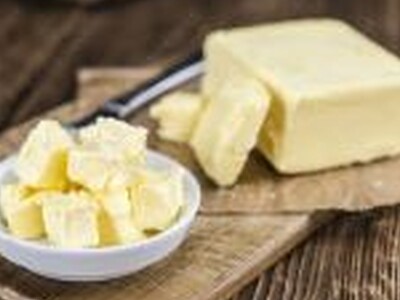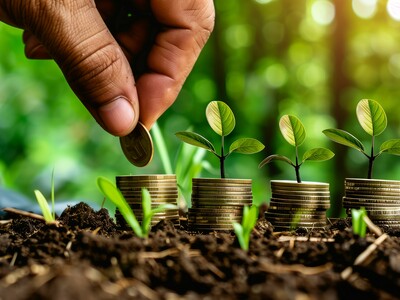Exploring Biochar
Exploring Biochar. I’m Greg Martin as Line On Agriculture presents the Harvest Clean Energy Report.
Back in the early 80‘s the idea of the pellet stove was born and became a relatively clean and easy way to heat a home. The man responsible for it was Jerry Whitfield and in fact many of you may still have a Whitfield pellet stove in use today. But Whitfield has not rested on his accomplishments.
WHITFIELD: Since then I have been focusing my efforts on how can we make biomass energy even greener than it was in the pellet stove days. And really my research led me to this whole concept of biochar which is a resultant co-product which comes from taking the biomass energy whether it’s woody waste residues, sawdust, chip shavings, even agricultural residues such as grass clippings, straw, cherry pits any of those kinds of materials.
He says you can turn these into two separate products.
WHITFIELD: Biochar which is a charcoal substance and a gaseous, volatile product simply by heating the material up to about 500 centigrade or just over 1000 degrees fahrenheit in the absence of air. So if you starve it from air you drive off all these gasses typically is what you see as smoke coming out the chimney and then what we do is we take those gasses, we mix them with air in a conventional gas burner and we light it.
Whitfield says at this point it is very combustible and it will burn very cleanly.
WHITFIELD: That energy can be used to heat a persons home, to heat greenhouses, to fire a boiler. About 50% of the weight of the biomass material is converted into the volatiles of the gas side of it and approximately 50% of the carbon goes into that stream. The other 50% comes out as biochar and this is distinguished a little bit from conventional charcoal because you are making it under very exacting conditions.
Biochar is becoming a hot commodity on a number of fronts.
WHITFIELD: It’s almost all carbon. It is also very, very porous and what that does when you put it in the soil it will absorb a lot of water. It will absorb nutrients that are dissolved in that water in farmers fields or in your back garden. And it increases the soil fertility because it holds all those materials and makes them available to the roots of the plants.
Whitfield says that all the way through the chain there are energy components that can be utilized.
For additional information on clean energy, visit harvestcleanenergy.org. That’s today’s Line On Agriculture. I’m Greg Martin on the Ag Information Network.???
www.harvestcleanenergy.org

















